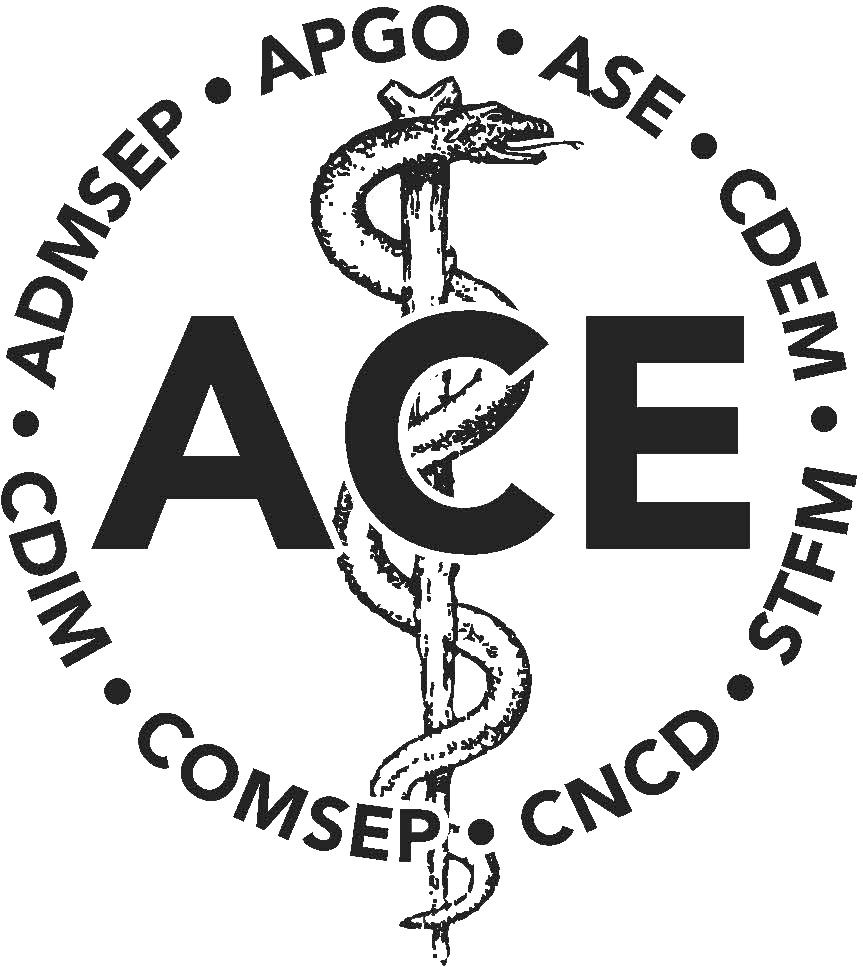This blog deviates a bit from our normally discussed topics on the #MedEdChat blog. Recently, I’ve spent time working with two organizations on strategic planning, and change management has been front and center in my mind. After a recent negative experience with proposed changes that arose after the planning process, I felt a need to discuss this topic.
Organizational change is inevitable, but the way it is enacted has profound implications for the people who make up that organization’s community. This is especially true in academic and professional organizations, where individuals often form a deep sense of belonging and identity—an “academic home.” When change is delivered abruptly, without meaningful consultation, explanation, or consideration of members’ lived experiences, the disruption can extend far beyond operational adjustments (1). It can challenge long-standing values, weaken trust, and erode the very affinity that binds a community together.
The psychology of the practicing physician (and scientists) is predicated on the emphasis on autonomy. In fact, autonomy, mastery, and purpose may be more important motivators than things like salary and incentives. Evidence demonstrates that the perception of the lack of control at work is associated with burnout, or intentions to leave that organization (2). The costs to an organization associated with replacing a physician are not insignificant.
Effective change management recognizes that transitions are not merely technical shifts; they are human processes that depend on transparency, communication, and shared purpose (1). Research across medical education, healthcare, and organizational science demonstrates that successful change efforts are grounded in early engagement with stakeholders, clear articulation of the rationale for change, and intentional attention to culture (3). When members understand not only what is changing but why, they are better able to situate the transition within the organization’s broader mission.
Conversely, when change is imposed in an autocratic manner, several predictable consequences emerge. Stakeholders feel unheard or devalued, leading to disengagement and frustration. Resistance can then arise not because people oppose progress, but because they have not been given the opportunity to contribute perspectives that could improve the change effort and mitigate harm (3,4). Most critically, trust—one of the most important currencies of any organization—can be damaged when decisions appear opaque or misaligned with the community’s identity. This loss of trust can endure long after the operational change is complete.
Thoughtful change management requires leaders to approach transitions with deliberate care (5). Listening to stakeholder voices, acknowledging the emotional impact of change, communicating early and consistently, and remaining open to adjustment are essential actions by leaders that honor the expertise and commitment of those who volunteer their time to make the organization a success. When organizations treat change as a collaborative process rather than an announcement, they strengthen their culture rather than destabilize it.
As leaders reflect on recent decisions and consider future steps, consulting the various change management models available may minimize future missteps (4-6). When change management is not considered, the following questions might help recovery:
- Why were stakeholders disregarded in the decision-making process, and how can they be intentionally incorporated going forward?
- How did the change affect stakeholders’ sense of identity, belonging, or academic home within the organization?
- In what ways has trust been weakened or broken, and what specific actions are needed to rebuild it?
References
- Practical Pschology. Lewin’s Change Theory (Definition + Examples). 2020. Available at: https://practicalpie.com/lewins-change-theory/. Accessed November 7, 2025.
- Sinsky CA, Brown RL, Rotenstein L, Carlasare LE, Shah P, Shanafelt TD. Association of Work Control With Burnout and Career Intentions Among U.S. Physicians : A Multi-institution Study. Ann Intern Med. 2025 Jan;178(1):20-28. doi: 10.7326/ANNALS-24-00884.
- Karimi E, Sohrabi Z, Aalaa M. Change Management in Medical Contexts, especially in Medical Education: A Systematized Review. J Adv Med Educ Prof 2022; 10(4):219-227. DOI: 10.30476/JAMP.2022.96519.1704
- Banerjee Y, Tuffnell C, Alkhadragy R. Mento’s Change Model in Teaching Competency-based Medical Education. BMC Med Educ 2019; 19:472. DOI. 10.1186/s12909-019-1896-0
- Prosci. What Is Change Theory? Definition and Applications Explained. 2025. Available at https://www.prosci.com/blog/change-theory. Accessed November 7, 2025.
- Harrison R, Fischer S, Walpola RL, Chauhan A, Babalola T, Mears S, Le-Dao H. Where Do Models for Change Management, Improvement and Implementation Meet? A Systematic Review of the Applications of Change Management Models in Healthcare. J Healthc Leadersh 2021; 13:85-108. DOI: 10.2147/JHL.S289176
Author: Gary L. Beck Dallaghan, Ph.D.; Council on Medical Student Education in Pediatrics
